In November of 2019, we looked at the high-end NVIDIA Quadro RTX 8000, which matched closely to a Titan RTX in performance but with a much large memory capacity at 48GB’s of GDDR6 ECC. Next up, we have an NVIDIA Quadro RTX 5000, which matches up to RTX 2080 series but with double the memory at 16GB GDDR6 ECC. With the added memory, the Quadro RTX 5000 can now run many deep learning applications that the RTX 2080 cannot. Aside from the hardware specs, as part of NVIDIA’s Quadro line the Quadro RTX 5000 is certified to run a number of professional applications making it a versatile part. In our review, we are going to see what this GPU has to offer.
NVIDIA Quadro RTX 5000 Overview
The Quadro RTX 5000 GPU has a length of 10.5” long, width of 1.38” and a height of 4.4”. It is a dual-slot graphics card using a blower type cooler. The blower-style cooler allows for better cooling in servers as well as densely packed workstations.
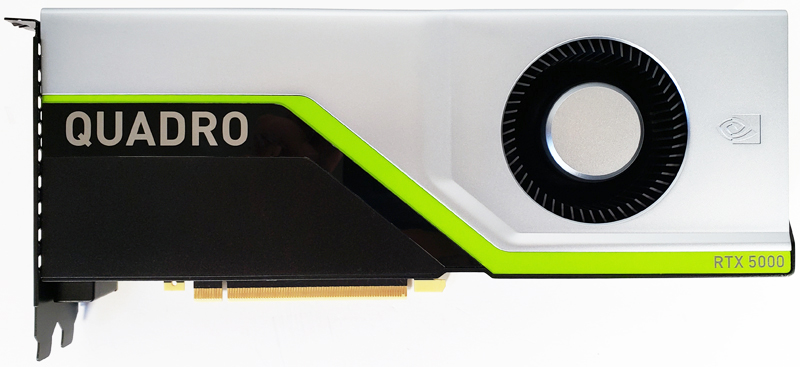
The Quadro RTX 5000 does not use a backplate, as we see in many consumer-type GPU’s. This is one area that we would like to see changed. Aside from helping cool the GPU, a backplate also helps protect the card from potential warping and damage when servicing the system it is in.
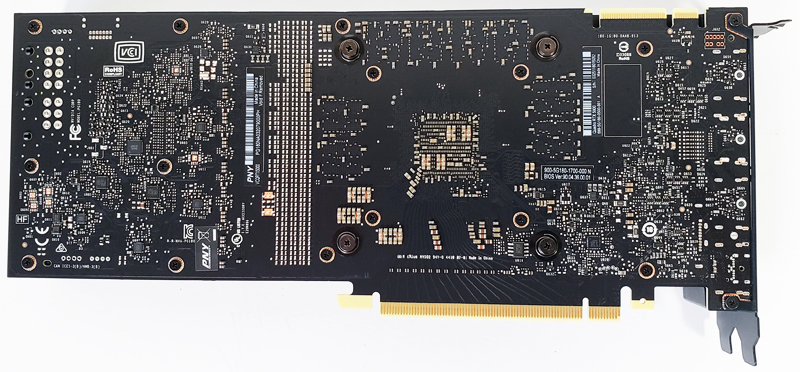
At the end of the Quadro RTX 5000, we find the video outputs, which are 4x DisplayPorts, and 1x VirtualLink port for VR head-mounted displays. If you are looking for a HDMI output, then you need to look elsewhere. If you are installing these in a server, you should be aware that these, unlike Tesla cards, will have video outputs registered in the systems.
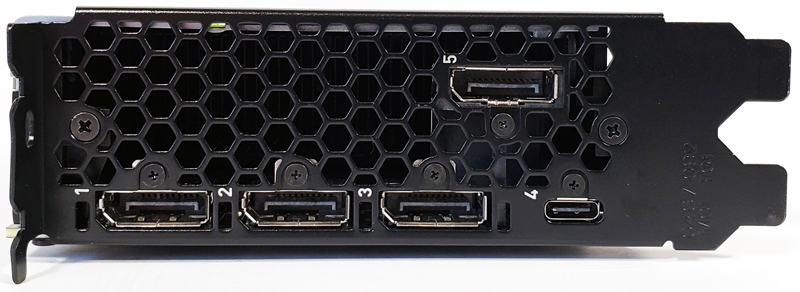
Power connections located at the top end of the Quadro RTX 5000, 1x 8-pin, and 1x 6-Pin connections outfit the GPU for power connections at the back of the card. That helps avoid the “humping” trend we have seen in some 4U systems.
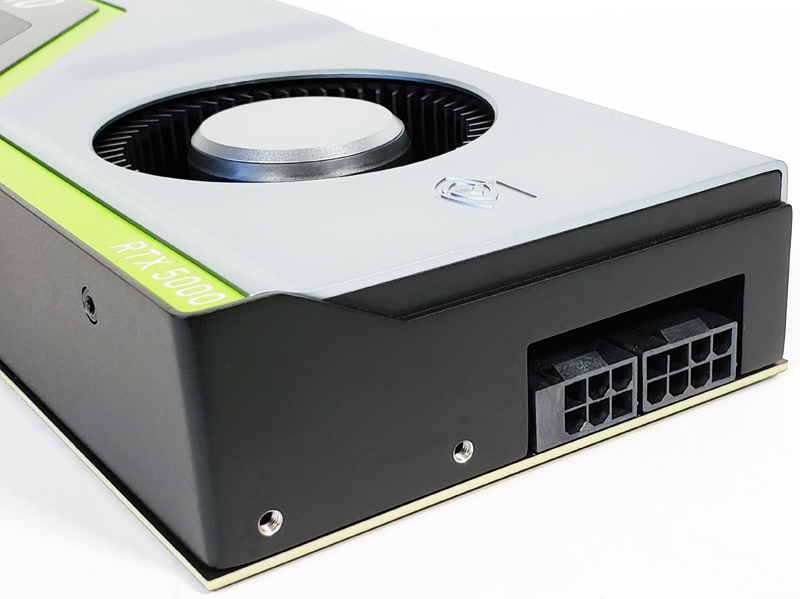
Overall, this is a fairly standard GPU form factor that we have seen for many generations. That makes it easy to integrate into existing platforms and those for the foreseeable future.
Next, let us take a look at the Quadro RTX 5000 key specifications and continue with our performance testing.

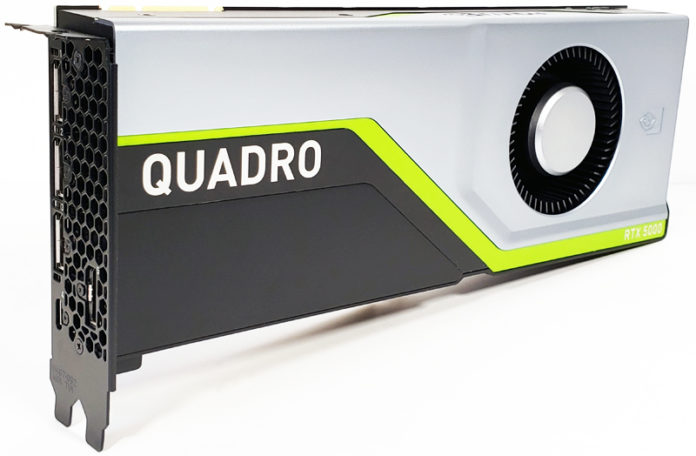



“Certified” most of the times means more expensive for a cheaper alternative. It’s the same chip as used in the Geforce cards and artificial bottlenecked when possible.
The AIDA64 results for double precision seem to indicate like many other cards outside of the V100 price segment that this is an AI and graphics card that is not good for HPC. It would be nice to include the Titan-V in the AIDA64 table to see 64-bit float difference.
Another interesting card, for developers and scientists who don’t have a US$ 13000 budget for a V100 are the Radeon VII cards from AMD which can run CUDA (mostly) with the HIP compiler.
Does AMD still make GPU’s?
They seem to lead the temperature chart here but not much else.
Missed a bit on page 2, should probably say Geforce RTX 2080 Super rather than Geforce RTX Super
@Jim:
Well yes, but not for dinky toys at the moment, they make them for supercomputers like the HPE-Cray/AMD with the El Capitan 2 Exaflop Supercomputer.
Hi William, you still haven’t got your hands on an mi50 or Radeon VII cards yet?